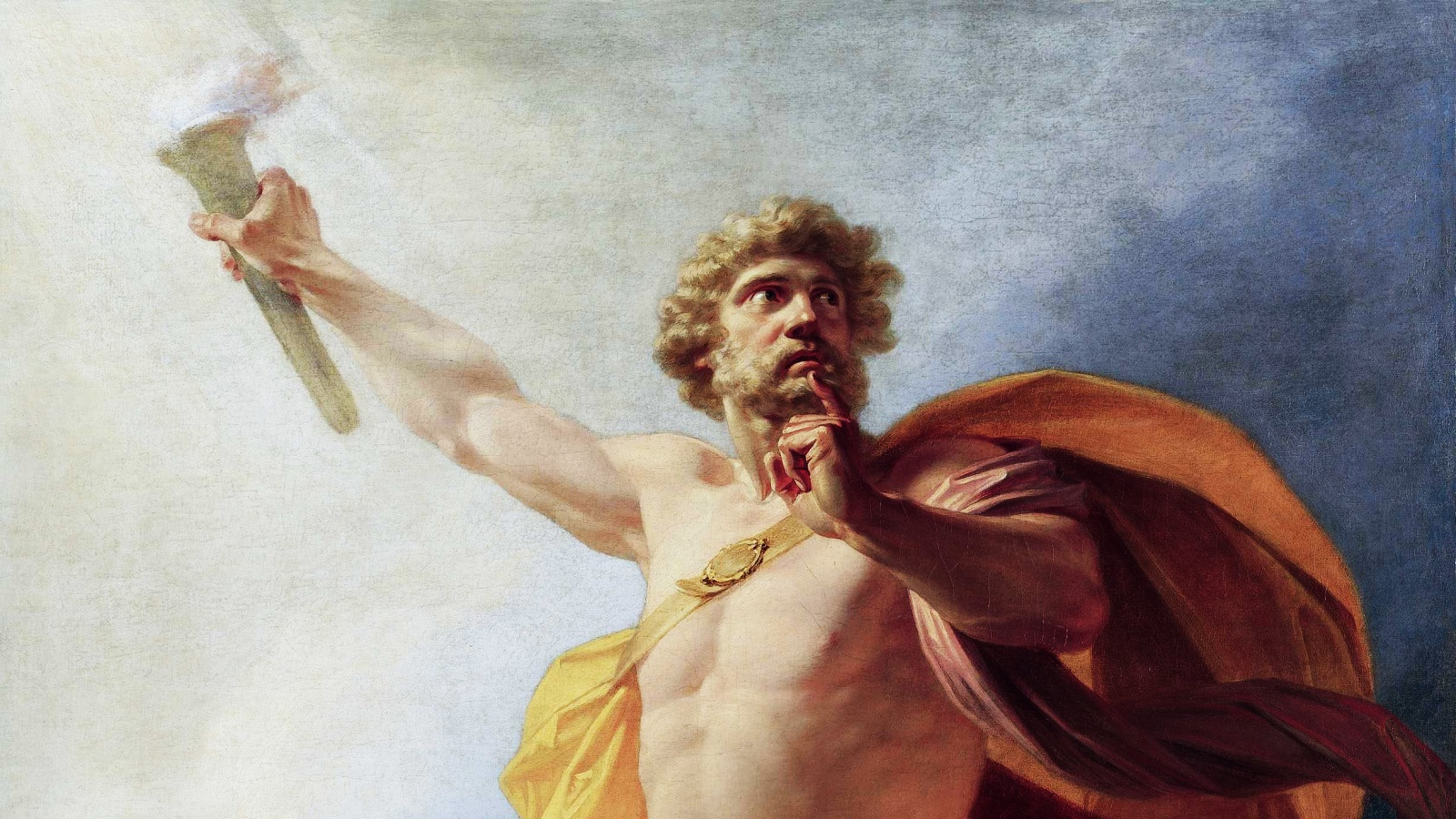Spain Lays Claim to Columbus' Remains

MADRID, Spain (AP)—Spanish researchers said Friday they have resolved a century-old mystery surrounding Christopher Columbus's burial place, which both Spain and the Dominican Republic claim to be watching over. Their verdict: Spain's got the right bones.
A forensic team led by Spanish geneticist Jose Antonio Lorente has compared DNA from bone fragments that Spain says are from the explorer—and are buried in a cathedral in Seville—with DNA from remains that are known to be from Columbus' brother Diego, who is also buried in the southern Spanish city.
"There is absolute matchup between the mitochondrial DNA we have studied from Columbus' brother and Christopher Columbus,'' said Marcial Castro, a Seville-area historian and high school teacher who is the mastermind behind the project, which began in 2002. Mitochondria are cell components rich in DNA.
He spoke a day before the 500th anniversary of Columbus' death in the northern Spanish city of Valladolid.
Castro and his research colleagues have been trying in vain for years to convince the Dominican Republic to open up an ornate lighthouse monument in the capital Santo Domingo that it says holds the remains of the explorer.
Juan Bautista Mieses, the director of the Columbus Lighthouse—a cross-shaped building several blocks long—dismissed the researchers' findings and insisted Friday that Columbus was indeed buried in the Dominican Republic.
"The remains have never left Dominican territory,'' Bautista said.
Get the world’s most fascinating discoveries delivered straight to your inbox.
The goal of opening the lighthouse tomb was to compare those remains to the ones from Diego in Seville and determine which country had buried the man who arrived in the New World in 1492, landing at the island of Hispaniola, which today comprises the Dominican Republic and Haiti.
Castro stressed in an interview that, although his team is convinced the bones in Seville are from Columbus, this does not necessarily mean the ones in Santo Domingo are not. Columbus' body was moved several times after his death and the tomb in Santo Domingo might conceivably also hold part of the right body. "We don't know what is in there,'' Castro said.
Castro said that in light of the DNA evidence from Spain, the objective of opening the Santo Domingo tomb would be to determine who, if not Columbus, is buried there.
"Now, studying the remains in the Dominican Republic is more necessary and exciting than ever,'' he said.
Columbus died and was buried in Valladolid on May 20, 1506. He had asked to be buried in the Americas, but no church of sufficient stature existed there.
Three years later his remains were moved to a monastery on La Cartuja, a river island next to Seville. In 1537, Maria de Rojas y Toledo, widow of one of Columbus' sons, Diego, sent the bones of her husband and his father to the cathedral in Santo Domingo for burial.
There they lay until 1795, when Spain ceded Hispaniola to France and decided Columbus' remains should not fall into the hands of foreigners.
A set of remains that the Spaniards believed were Columbus's were first shipped to Havana, Cuba, and then back to Seville when the Spanish-American War broke out in 1898.
In 1877, however, workers digging in the Santo Domingo cathedral unearthed a leaden box containing bones and bearing the inscription, "Illustrious and distinguished male, don Cristobal Colon.'' That's the Spanish way of saying Christopher Columbus.
The Dominicans say these were the genuine remains and that the Spaniards took the wrong body back in 1795.
Lorente is the director of the Laboratory of Genetic Identification at the University of Granada. He usually works on criminal cases but has also helped identify people killed under military regimes in Latin America. His lab works regularly with the FBI.
Castro says the team is now focusing their DNA tools on another Columbus mystery: his country of origin. Traditional theory says he was from Genoa, Italy, but another line of argument says Columbus was actually from the Catalonia region of northeast Spain.
One piece of evidence supporting this latter idea is that when Columbus wrote back from the New World in Spanish—not Italian—he used words and phrases that reflected influence from the Catalan language, Castro said.
The new team has now collected DNA samples from more than 350 men in Catalonia whose last name is Colom—the Catalan way of saying Columbus—and from 80 in Italy whose last name is Colombo. The material is obtained by wiping the underside of their tongues with a cotton swab.
The idea is to compare the genetic material with DNA from another authenticated Columbus relative, his son Hernando, who is buried in Seville. In this case, another kind of DNA is focused on—genetic material from the y-chromosome, which men receive only from their fathers.
DNA from y-chromosomes is much more scarce than the mitochondrial kind and deteriorates more rapidly. The team is using Hernando's because that of his alleged father is in bad shape.
Lorente and company want to see if the DNA pattern in Columbus' y-chromosome still shows up in men in either Catalonia or Italy, which would suggest he is from one place or the other, Castro said.
It is not known when the results of this second study will be available because the data from Italy is still scant.
"The people whose last name is Colombo are cooperating less than the Coloms in Spain,'' he said.


